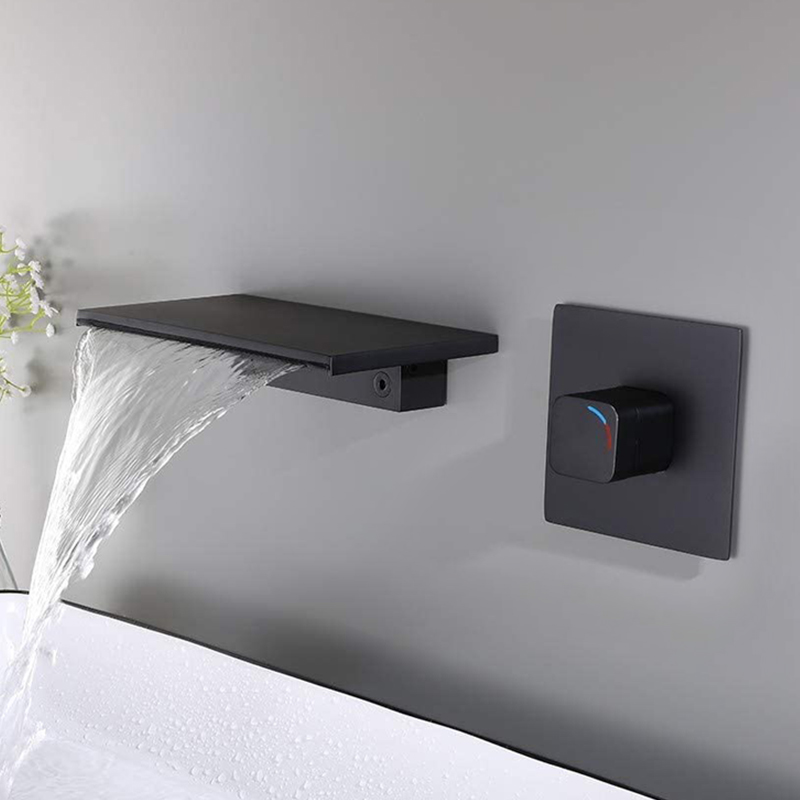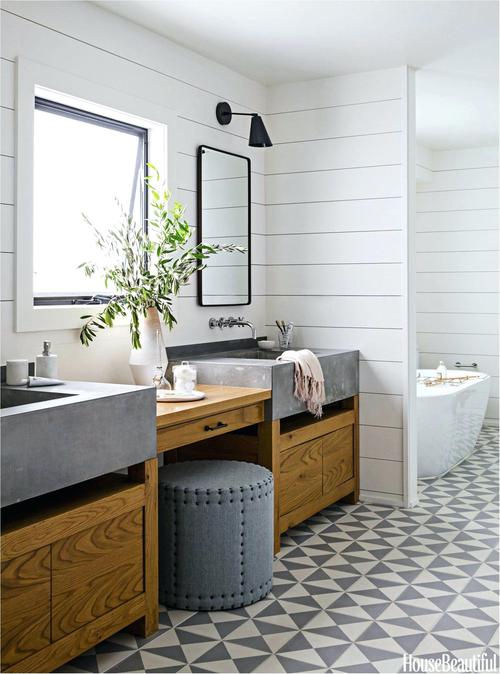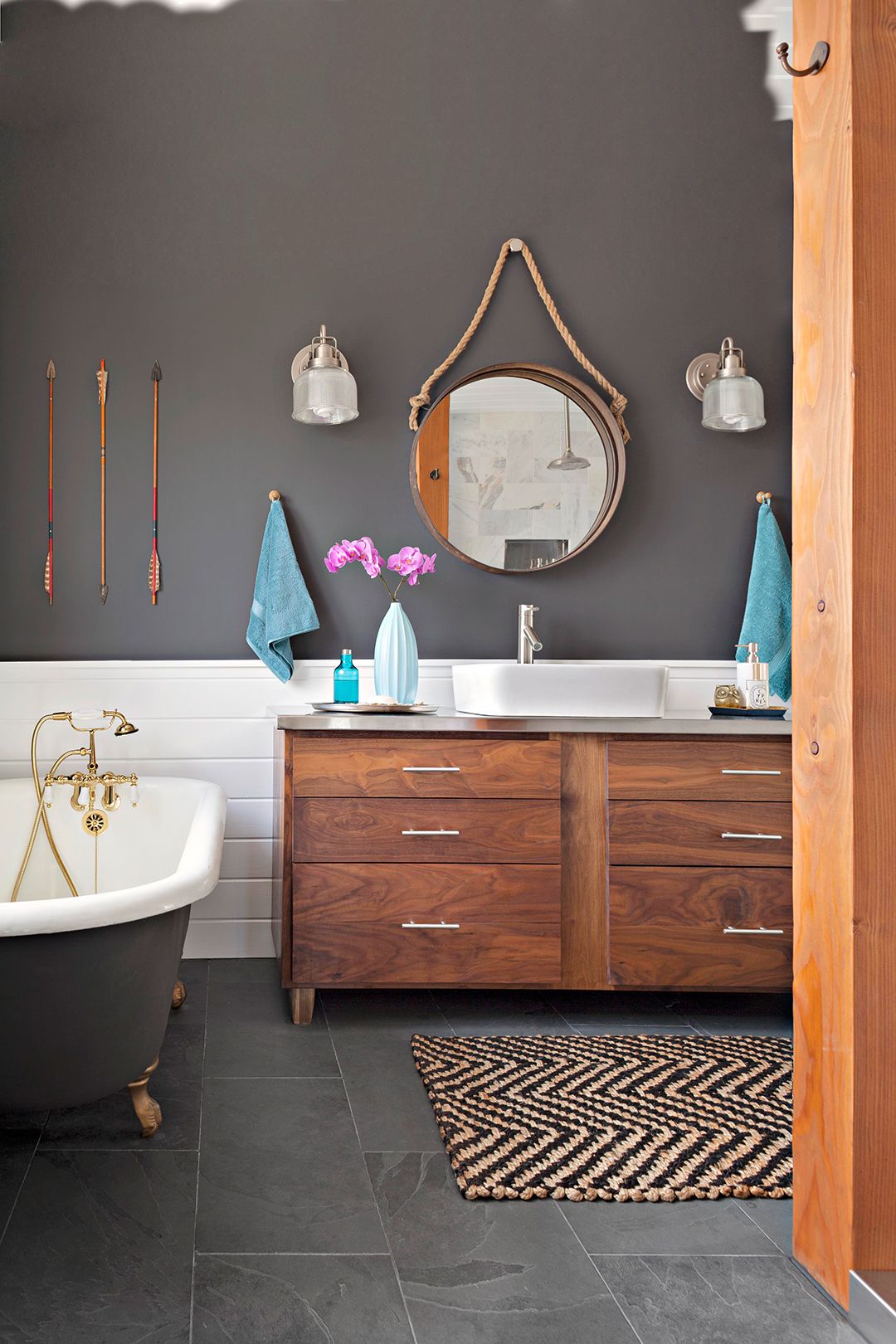Black mold in bathroom wall, also known as Stachybotrys chartarum, is a type of fungus that thrives in damp and poorly ventilated areas, making bathrooms an ideal breeding ground. Not only is black mold unsightly, but it can also pose serious health risks, including respiratory issues and allergies. In this comprehensive guide, we will explore effective methods for safely and thoroughly cleaning black mold from bathroom walls. From identifying the signs of mold growth to implementing preventive measures, we’ll cover everything you need to know to keep your bathroom clean and mold-free.

1. Identifying Black Mold:
Before you can effectively clean black mold from your bathroom walls, it’s important to identify its presence. Here are some common signs of black mold growth:
- Visible black or greenish-black patches on walls, ceilings, or grout lines.
- Musty or earthy odor, especially in damp areas like the wall bathroom.
- Allergic reactions such as sneezing, coughing, or skin irritation when spending time in the bathroom.
If you notice any of these signs, it’s essential to take action promptly to prevent the spread of mold and mitigate potential health risks.
2. Safety Precautions:
Cleaning black mold can expose you to harmful spores and mycotoxins, so it’s crucial to take proper safety precautions before starting the cleaning process. Here are some safety tips to keep in mind:
- Wear protective gear, including gloves, goggles, and a mask, to protect yourself from mold spores and cleaning chemicals.
- Ensure proper ventilation by opening windows and using fans to circulate air in the bathroom.
- Avoid using bleach or other harsh chemicals that can release toxic fumes and worsen respiratory symptoms.
By following these safety precautions, you can minimize your exposure to mold spores and safely clean black mold from your bathroom walls.
3. Cleaning Supplies and Equipment:
Before you begin cleaning black mold from your bathroom walls, gather the necessary supplies and equipment:
- Mold remover or cleaner specifically formulated for black mold.
- Scrub brush or sponge for scrubbing the affected areas.
- Bucket filled with warm water for rinsing.
- Protective gear, including gloves, goggles, and a mask.
- Fan or dehumidifier to aid in drying the walls after cleaning.
Having the right cleaning supplies and equipment on hand will ensure that you can tackle black mold effectively and efficiently.

4. Step-by-Step Cleaning Process:
Now that you’re prepared with the necessary supplies and safety gear, follow these steps to clean black mold from your bathroom walls:
- Ventilate the bathroom by opening windows and using fans to improve air circulation.
- Put on protective gear, including gloves, goggles, and a mask, to protect yourself from mold spores and cleaning chemicals.
- Mix the mold remover or cleaner according to the manufacturer’s instructions. Apply the cleaner generously to the affected areas of the bathroom walls.
- Use a scrub brush or sponge to scrub the mold-infested areas vigorously, loosening the mold from the surface.
- Rinse the walls thoroughly with warm water to remove the cleaner and any remaining mold residue.
- Repeat the cleaning process as needed until all visible mold is removed from the walls.
- Allow the walls to dry completely by using a fan or dehumidifier to speed up the drying process.
By following these step-by-step instructions, you can effectively clean black mold from your bathroom walls and prevent its recurrence.
5. Preventive Measures:
Once you’ve successfully cleaned black mold from your bathroom walls, it’s essential to implement preventive measures to keep mold from coming back. Here are some tips to prevent mold growth in the bathroom:
- Fix any leaks or water damage promptly to prevent moisture buildup.
- Use exhaust fans or open windows during and after showering to reduce humidity levels in the bathroom.
- Clean and dry bathroom surfaces regularly to prevent mold spores from taking hold.
- Use mold-resistant paint or wallpaper in high-moisture areas like the bathroom to discourage mold growth.
By incorporating these preventive measures into your routine, you can keep your bathroom clean and mold-free for years to come.

How to cause black mold in bathroom wall
Black mold infestation in bathroom walls is a common issue that homeowners encounter. This resilient fungus not only affects the aesthetics of the space but also poses health risks.
1. Understanding Black Mold:
Black mold, scientifically known as Stachybotrys chartarum, is a type of toxic mold commonly found in damp and poorly ventilated areas. It thrives in environments with high humidity and organic material, making bathrooms susceptible to infestation.
2. Causes of Black Mold Infestation in Bathroom Walls:
Several factors contribute to the growth of black mold in bathroom walls:
- Excessive Moisture: Bathrooms are prone to moisture accumulation due to activities like showering and bathing. Poor ventilation exacerbates this issue, creating an ideal breeding ground for mold.
- Leaky Pipes and Fixtures: Water leaks from pipes, faucets, or showerheads can saturate wall surfaces, providing the moisture necessary for mold growth.
- Inadequate Ventilation: Insufficient airflow traps moisture inside the small bathroom, promoting mold growth. Lack of proper ventilation allows humidity to linger, especially after hot showers.
- Organic Material: Mold feeds on organic matter present in bathroom surfaces such as drywall, grout, and caulking. Soap scum, skin cells, and other residues provide nutrients for mold colonization.
3. Health Risks Associated with Black Mold:
Black mold exposure can lead to various health issues, including:
- Respiratory Problems: Inhaling mold spores can irritate the respiratory tract, causing coughing, wheezing, and throat irritation. Individuals with asthma or allergies may experience exacerbated symptoms.
- Allergic Reactions: Some people develop allergic reactions to mold spores, resulting in symptoms like sneezing, nasal congestion, and skin rashes.
- Toxic Effects: Certain types of black mold produce mycotoxins that can cause more severe health problems, including headaches, fatigue, and neurological symptoms.

4. Remedies for Black Mold Removal:
To effectively eradicate black mold from bathroom walls, follow these remediation steps:
- Identify and Fix Water Sources: Inspect the bathroom for leaks and fix any plumbing issues promptly. Repairing leaky pipes, faucets, and fixtures prevents moisture accumulation.
- Improve Ventilation: Install exhaust fans or open windows to enhance airflow and reduce humidity levels in the bathroom. Proper ventilation helps prevent mold growth by expelling moisture-laden air.
- Clean and Disinfect Surfaces: Use mold-specific cleaners or a mixture of water and detergent to scrub mold-infested areas thoroughly. Rinse with clean water and allow the surfaces to dry completely.
- Replace Porous Materials: Porous materials like drywall and insulation may need to be replaced if heavily contaminated with mold. Consider using mold-resistant materials in renovations to prevent future infestations.
- Professional Remediation: For severe mold infestations or persistent issues, seek assistance from certified mold remediation professionals. They have the expertise and equipment to safely remove mold and prevent its recurrence.
Conclusion:
Black mold is a common problem in bathrooms, but with the right cleaning methods and preventive measures, you can effectively eliminate mold growth and ensure a clean and healthy environment. By identifying the signs of mold growth, taking proper safety precautions, using the right cleaning supplies and equipment, and implementing preventive measures, you can keep your bathroom walls free of black mold and protect your health and well-being. With these tips and techniques, you can enjoy a clean and mold-free bathroom for years to come.

